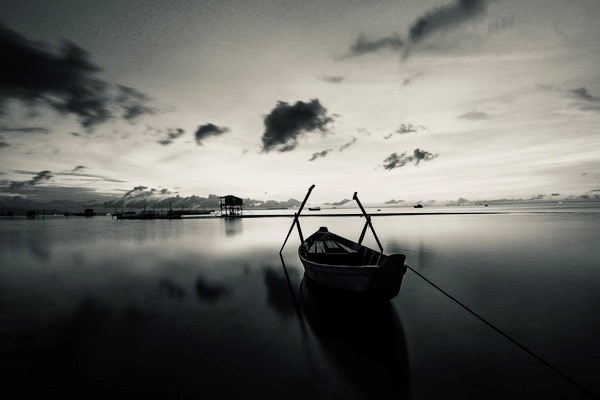
The Town of Jupiter has a rich historic timeline filled with stories. Tales of the area ranging from the ancient Indians, Tequesta Tribe, that lived here until the European discovery of the area by Ponce de Leon. The Seminole Indian War battles fought here. Jupiter’s earliest known records date as far back as 1565. After early settlers set up homesteads, the waterways were a huge source of transportation, as well as the new Flagler Railroad.
The town’s most identifiable landmark, Jupiter Inlet Lighthouse was erected in the 1800’s. Hidden in the sandy soils near Jupiter Inlet are signs of human habitation (Native Americans) dating back at least 5,000 years. Long before Europeans arrived, prehistoric people fished the rivers and ocean, and hunted nearby.
By 1900, the population of the Jupiter area was 145 residents. In 1905, Reverend Dr. Charles P. Jackson started an elementary school for children. A converted lifeboat, from the battleship U.S.S. Maine, served as "school bus” for the Jupiter area children. It was not until 1911 when a two-story schoolhouse added grades seven through ten and students who wanted to further their education had a nearby upper school. Prior to the new schoolhouse they would have had to travel to West Palm Beach to complete high school.
Early on, Jupiter was the northernmost stop on the 7.5-mile “Celestial Railroad” line that had once served as the last link for travelers to Lake Worth. After boating down the Indian River, they would take the train to the head of Lake Worth in Juno where they would once again board a boat for destinations further south. When Henry Flagler ran his Florida East Coast Railway west of the Lake Worth Creek on its route to West Palm Beach, two paddlewheel steamboats that had frequented the Indian River were no longer necessary.
Jupiter features a sunny, tropical climate and has a "small town" appeal with big city advantages. At present, the waterways remain uncannily like days gone past...busy with boaters and people enjoying the abundance of natural waterways and beauty of the area.



